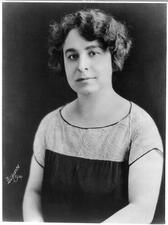Education: Teachers
Rivke Savich Golomb
Rivke Savich Golomb was an educator and Yiddishist who taught at Jewish schools in Warsaw, Palestine, Canada, and Mexico over the course of her career. She and her husband established Nuevo Colegia Israelita I. L Peretz in Mexico in 1950. Their “golombist” philosophy was based around integrating Yiddishkait into a humanist Jewish world.

Janice Goodman
Jaimy Gordon
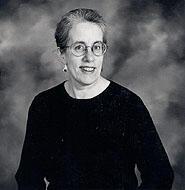
Maralee Gordon

Vivian Gornick
Vivian Gornick is an American essayist, memoirist, and noted second-wave feminist. She is known for bringing a personal lens to political and critical writing.
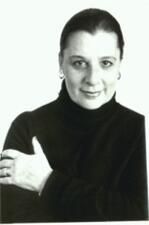
Blu Greenberg
Blu Greenberg is known as the mother of Orthodox feminism and is author of On Women and Judaism: A view from Tradition. She coined the phrase “Where there’s a rabbinic will, there’s a halakhic way,” demanding that rabbis find systemic solutions to help women who feel trapped by aspects of halakhah. Greenberg is a fierce advocate for agunot, women trapped in unwanted marriages.
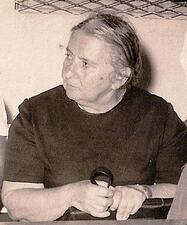
Rivka Guber
Through her work as a soldier, writer, teacher, and volunteer supporting immigrants, Rivka Guber exhibited selflessness for her neighbors and for the young State of Israel as a whole, earning her the title “Mother of the Sons” and the respect of the nation.
Angèle Guéron
Angèle Guéron was an educator in Edirne, once an important city in the late Ottoman Empire, now a border town in northwestern Turkey. The eloquent journal she kept during the Balkan Wars (1912-1913) provides a rare glimpse of life in a besieged Ottoman city and the struggles of a Sephardi Jewish woman against a conservative communal patriarchy.
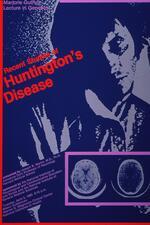
Marjorie Guthrie
First a dancer, then a teacher, Marjorie Guthrie founded the Woody Guthrie Children’s Fund and Archive in 1956 to preserve her husband’s works for future audiences. By the end of her life, she was a national activist for Huntington’s Disease and other genetic and neurological diseases.

Bracha Habas
Bracha Habas was an educator and one of the first professional women journalists in Erez Israel. She was a member of Davar’s editorial board and the co-founder of its children’s newspaper, Davar le-Yeladim. Enumerating on Habas’s 48 publications, Rahel Adir described her as “the recorder of Yishuv history.”

Habsburg Monarchy: Nineteenth to Twentieth Centuries
Jewish women in the Habsburg Monarchy experienced the stresses and strains of nineteenth- and twentieth-century Jewish life as Jews, as women of their particular social classes, and as inhabitants of the different regions of the Monarchy. In some regions, they modernized and acculturated, but the overwhelming majority remained deeply pious, traditional Jews.

Anna Halprin
Julia Horn Hamburger
A long-time volunteer, Julia Horn Hamburger was founding president of the New York Children’s Welfare League, which offered health and education services to immigrant children, the founding vice president of the Jewish Theater for Children and founding president of Ivriah, the women’s division of the Jewish Education Association. During WWII she shifted her focus to aiding the American Jewish Committee and the Anti-Nazi League.
Käte Hamburger
Käte Hamburger was a German literary scholar and philosopher who developed a philosophical theory of literature.
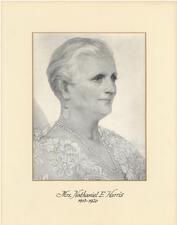
Janet Harris
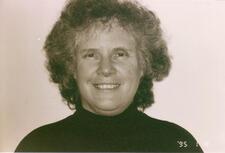
Rivka Haut
Melissa Hayden
Melissa Hayden showed unparalleled versatility and range in her ballet dancing during a successful career that spanned decades. Dancing in both the American Ballet Theater and New York City Ballet, Hayden thrilled her audiences with consistently excellent performances in a career that spanned four decades.
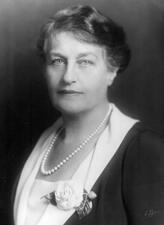
Hebrew Teachers Colleges in the United States
Jewish education in the United States was always the preserve of women on the “front lines” and in the classroom. In the early days of these programs, men “ran the show,” but beginning in the mid-twenteith century, women began to take on increasing roles as faculty members and administrators. In the early twenty-first century, women ascended to leadership positions in these institutions.
Carolyn G. Heilbrun
A leader in the American feminist movement, Carolyn G. Heilbrun wrote some of the women’s movement’s most widely read texts, including Toward a Recognition of Androgny (1973) and Reinventing Womanhood (1979). These texts encouraged readers to reconceive the role of women in society and challenge conventional notions of masculinity.
Clarisse Doris Hellman
C. Doris Hellman was a pioneering science historian and expert on Renaissance-era science best known for her translation of Max Caspar’s monumental biography, Johannes Kepler (1959).

Ofira Henig

Lilli Henoch
Lilli Henoch quickly developed a love for sports as a child and joined the Berlin Sports Club (BSC), where she was a key player on its handball, hockey, and track teams. She achieved many feats, notably a world record in the 4x100 meter relay race in 1926. She kept competing in Jewish leagues through 1942, when she was deported and murdered.

Diana Mara Henry
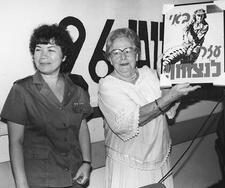
Esther Herlitz
Esther Herlitz was a feminist trailblazer in Israeli politics and diplomacy. She was the first official female Israeli ambassador, among six female Labor Party members who served in the eighth and ninth Knessets, and the first woman to serve on the Committee for Foreign Affairs and Defense. She also helped formulate and ensure the passage of a liberal abortion law in 1977.
